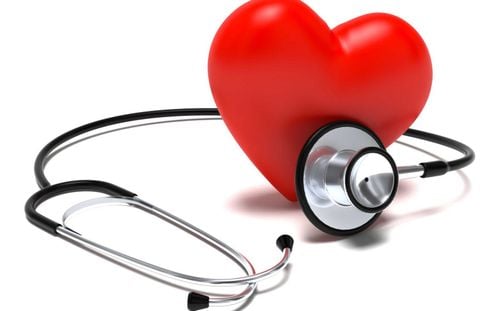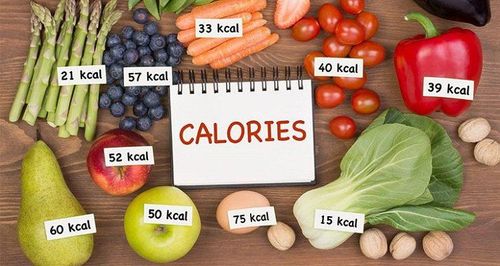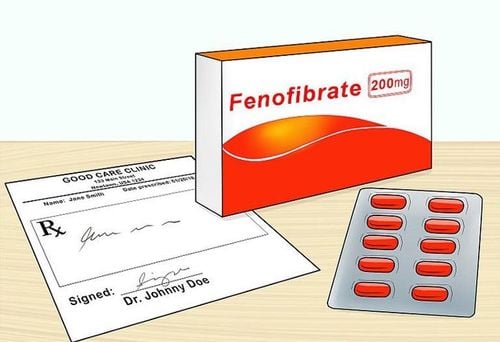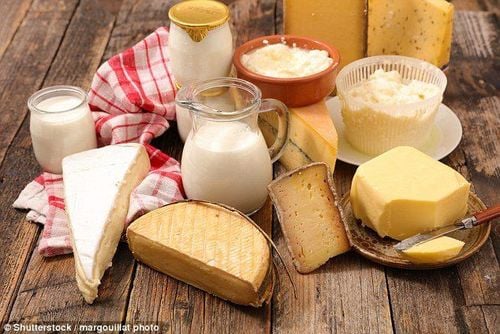This is an automatically translated article.
Fat is the most abundant and available source of energy in the diet. Fat structure has a decisive influence on health. In the diet there will be essential fatty acids and fatty acids that can be detrimental to health for users. But with most nutrients, the recommended fat intake will help establish balance in the diet.
1. What is fat?
Fats or lipids consist of fatty acids and glycerol. In foods, fatty acids and fats stored in the body are mainly present in the form of triacylglycerols.
Individual fatty acids can be present at any of the three positions on the glycerol molecule (referred to as sn-1, sn-2, and sn-3). The different binding sites of specific fatty acids on the glycerol molecule will affect the properties of individual fats.
2. Trans fats
Trans fats are quite rare in nature but are produced in the rumen of cows and sheep (ruminants) and are therefore also found in milk, beef and lamb. Metabolic double bonds can be created during oil processing, and trans fatty acids produced in this way are targeted for reduction as they have been shown to have similar effects in the body. as for saturated fats that raise blood LDL cholesterol but they can also lower HDL cholesterol, which means they have a more detrimental effect on them than saturated fats. They also influence risk factors for cardiovascular disease.
The food industry has made good progress in removing trans fatty acids from the food chain. This largely comes from using alternative methods for cooking oils and fats.
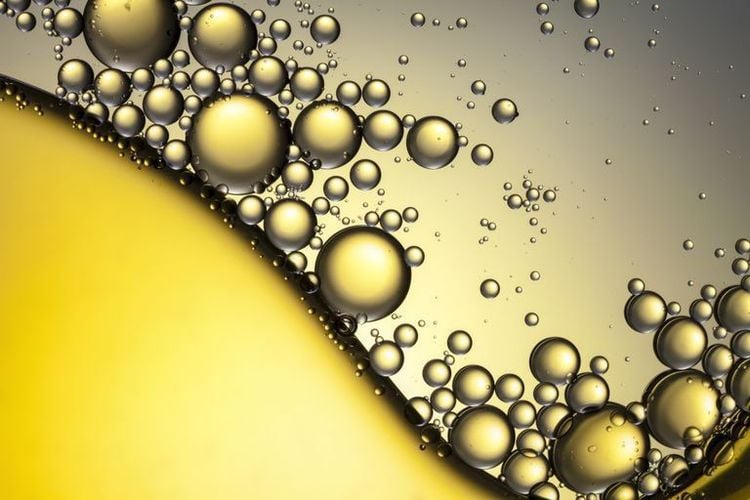
Cấu trúc chất béo có quyết định ảnh hưởng đến sức khỏe
3. Essential Fatty Acids
The body can make essential fatty acids, with the exception of two, alpha linolenic acid (omega-3) and linoleic fatty acid (omega-6). These are essential fatty acids (EFAs) and must be provided in the diet. From these fatty acid components can create other fatty acids that are very important for health. From linoleic acid we make arachidonic acid and from linoleic acid we make EPA (eicosapentaenoic acid) and DHA (docosahexaenoic acid). Or these fatty acids can also be preformed from the diet.
Fish oil and fish oil supplements are rich sources of EPA and DHA. They are also found in the meat or eggs of animals fed a diet rich in omega 3 (n-3) fatty acids, which means that foods containing these fatty acids can be used as an alternative source for low-fat fish. oils, although the amount of so-called long-chain omega-3 fatty acids is usually much less than in oily fish. Arachidonic acid - a long-chain omega-6 fatty acid, found in small amounts in meat (especially pork and dark meat from chicken and turkey) and in oily fish.
EFAs synthetic fatty acids are one of the important components of cell membranes. Furthermore, EPA and arachidonic acid serve as substrates for important signaling molecules, such as eicosanoids, that control many important functions at the cellular level.
4. Fatty acids in food
The nature and properties of fats depend on the type of fatty acids they make up with the triacylglycerol molecule. All sources of dietary fat contain both saturated and unsaturated fatty acids. For example, butter is said to be a saturated fat because its composition has more saturated fatty acids than unsaturated fatty acids. While most plant-based oils are described as unsaturated fats because they have more monounsaturated and polyunsaturated fatty acids than saturated.
In general, saturation has a solid state at room temperature and is of animal origin. Most unsaturated substances will be liquid at room temperature and are usually vegetable fats. But there are still exceptions. Palm oil is a vegetable oil that contains a high percentage of saturated fatty acids. In addition, vegetable and fish oils can also be hardened by a process that adds hydrogen atoms to some of the double bonds in unsaturated fatty acids. This is called hydrogenation. In this way, some unsaturated fatty acids become fully saturated and some trans fatty acids can be formed. Hydrogenated oils have traditionally been used in the production of margarine and cooking fats. However, in recent years, due to concerns about the health effects of high intake of trans fatty acids, manufacturing practices have changed dramatically and have resulted in a reduction in the trans fatty acid content of diet.
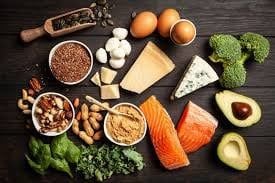
Tất cả các nguồn chất béo trong chế độ ăn uống đều chứa cả axit béo bão hòa và không bão hòa
5. How much energy does 1 gram of fat provide?
The process of metabolizing fat in the body helps to provide the necessary nutritional components for the body. Therefore, fat will have several important functions as a nutrient, such as:
Fat a concentrated source of energy. So, how much energy does 1 gram of fat provide? 1 gram of fat provides 37kJ (9kcal), more than double the energy provided by protein or carbohydrates, providing 17kJ/g (4kcal) and 16kJ/g (3.75kcal) respectively. Fat, a carrier of vitamins A, D, E and K that helps dissolve fat. Fat, which provides most of the essential fatty acids (EFAs), linoleic acid (omega-6) and alpha linolenic acid (omega-3). Dietary EFAs, and the fatty acids synthesized from them, are incorporated into phospholipids in cell membranes. Therefore, these compounds are important in the formation of cell membranes, especially in nervous tissue. EFAs are converted to prostaglandins and other bioactive compounds called eicosanoids, which control biochemical reactions inside cells. At least 1.2% of energy intake should come from EFAs. Fats are found in most food groups including saturated and unsaturated fats.
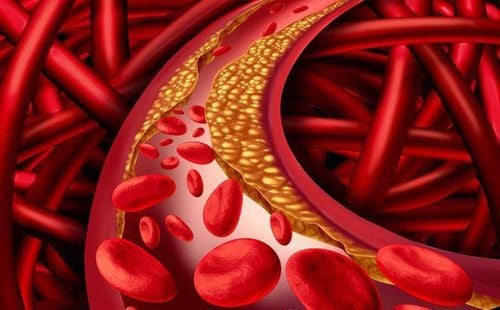
Ăn nhiều chất béo, và đặc biệt là ăn nhiều axit béo bão hòa, có liên quan đến việc tăng mức cholesterol trong máu
6. Some diseases are related to fat
6.1. Fat and coronary heart disease (CHD)
Eating a lot of fat, and especially eating a lot of saturated fatty acids, has been associated with increased blood cholesterol levels, which is one of the risk factors for coronary heart disease. . Diets rich in saturated fatty acids have been linked to the development of insulin resistance and dyslipidemia as part of the metabolic syndrome which is associated with an increased risk of type 2 diabetes. On the other hand, mono. - and polyunsaturates have been implicated in lowering blood cholesterol levels and a particular role in heart health has been established for food sources of the long-chain omega-3 fatty acids EPA and DHA found in oily fish .
6.2. Obesity
Fat, a concentrated source of energy, and foods high in fat provide a lot of energy. In addition, fats can be less filling (filling) than other food ingredients (e.g., protein and fiber). This means it's easier to burn off excess calories when eating a high-fat diet. If the body's energy is not balanced then excess energy is stored in the body as fat, over time this storage can lead to a person becoming overweight or obese.
Please dial HOTLINE for more information or register for an appointment HERE. Download MyVinmec app to make appointments faster and to manage your bookings easily.
References: msdmanuals.com, cfs.gov.hk




